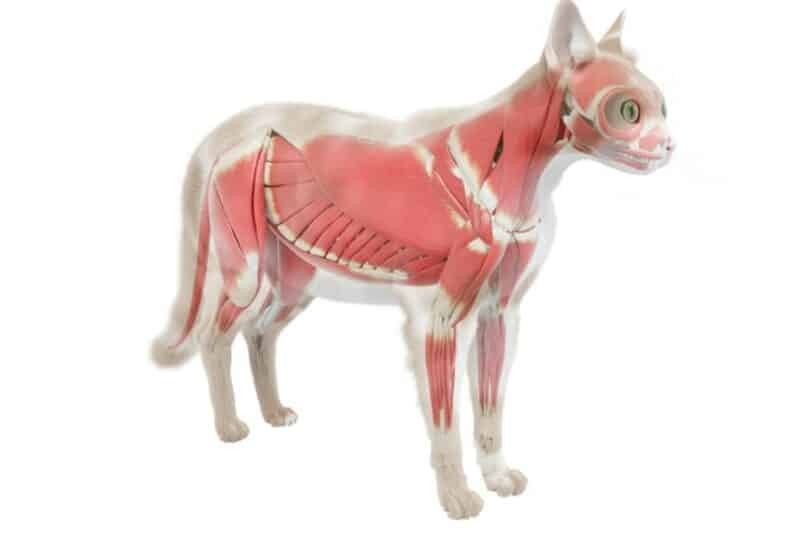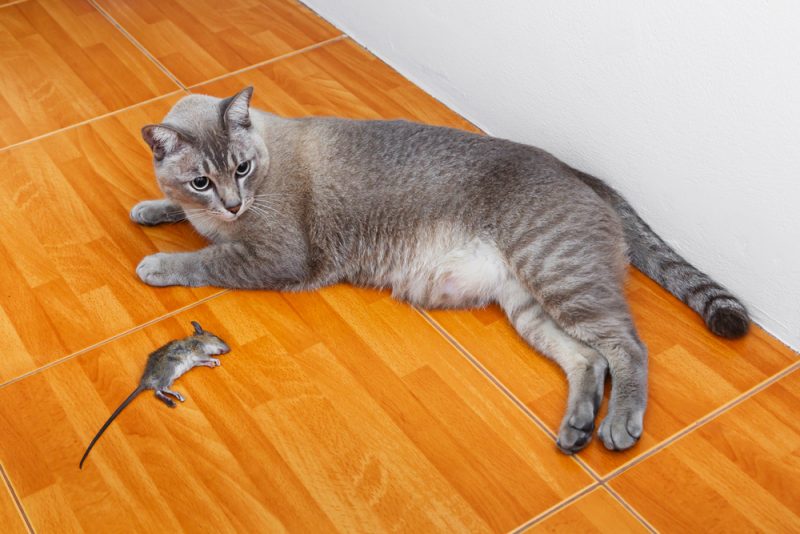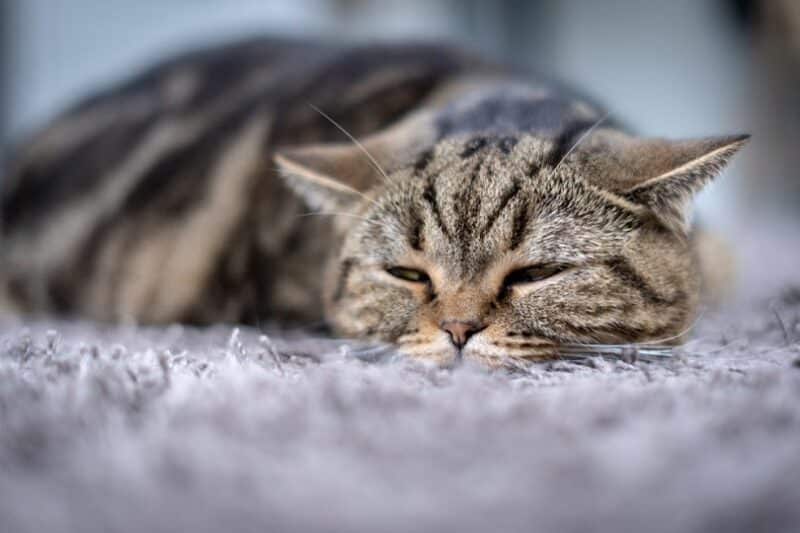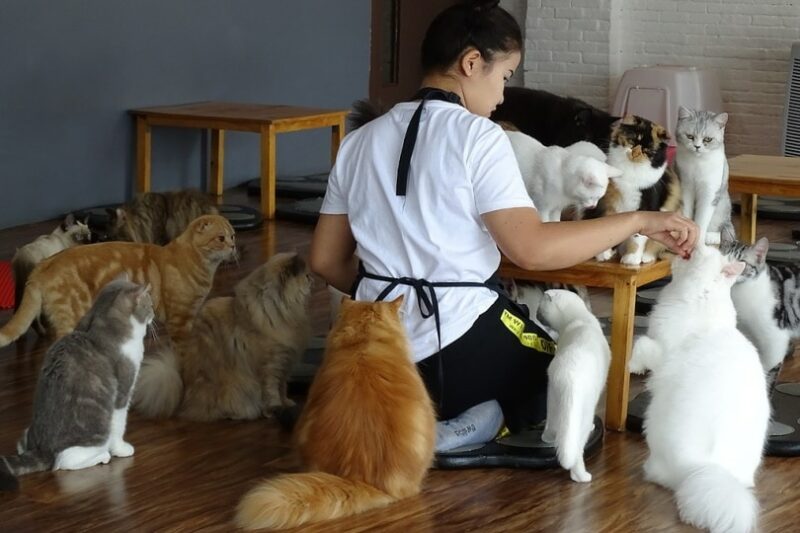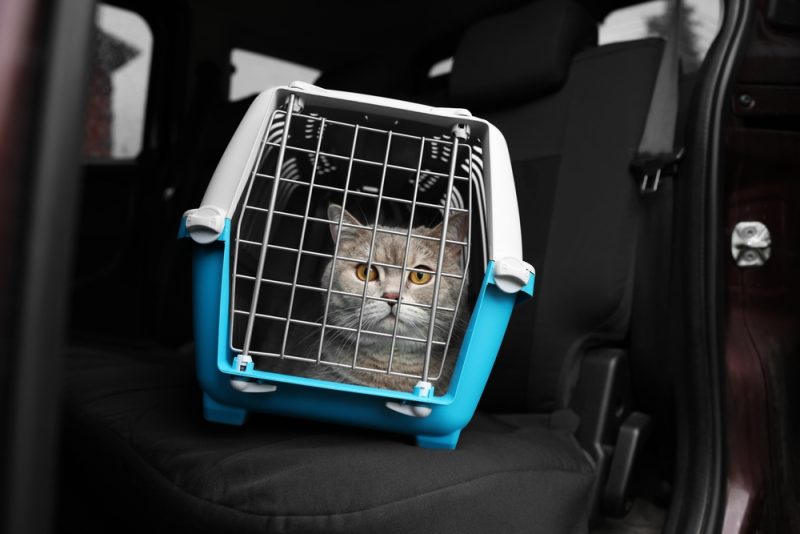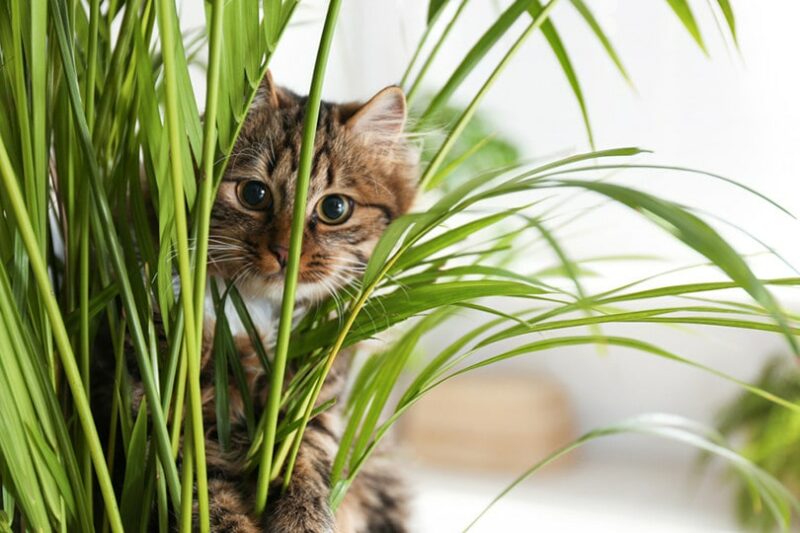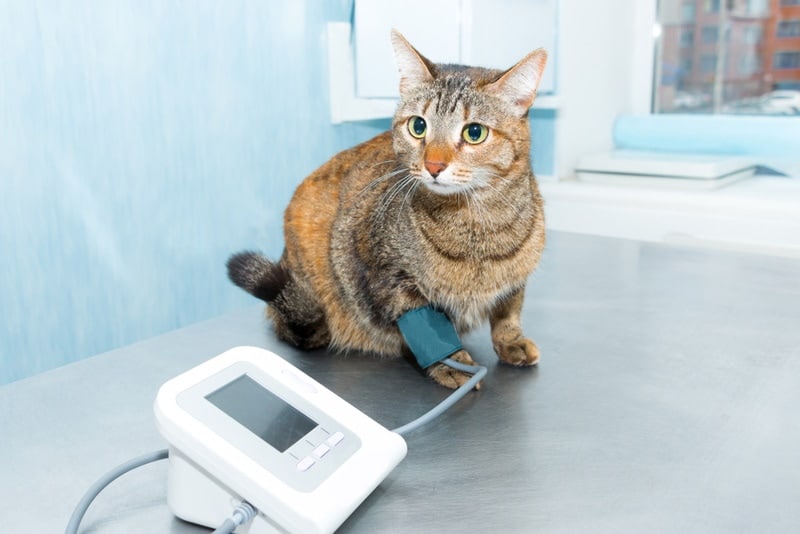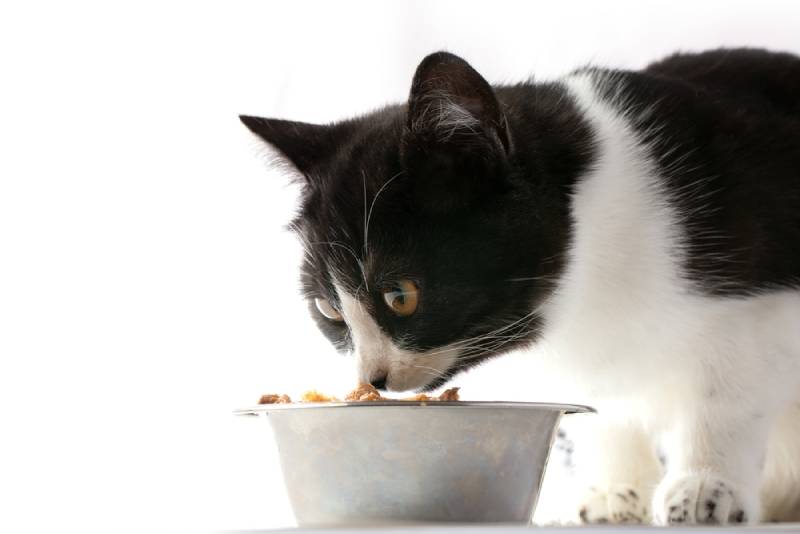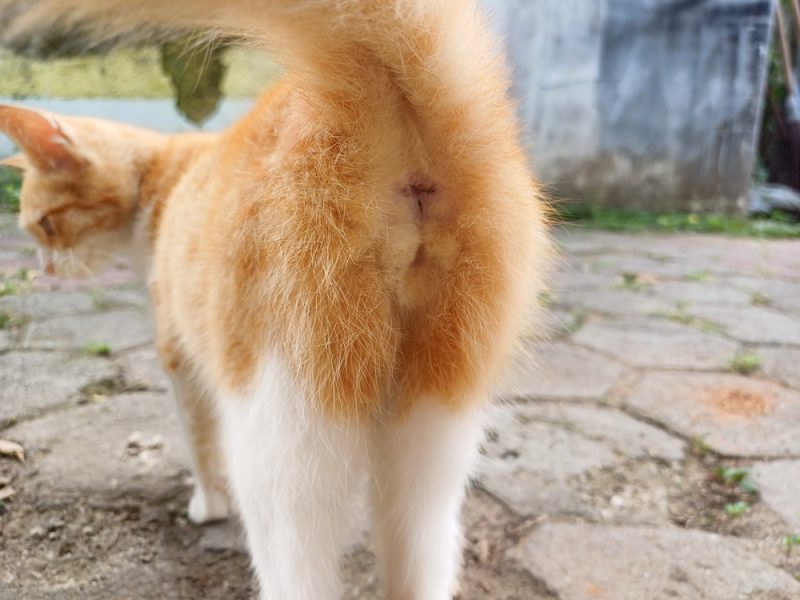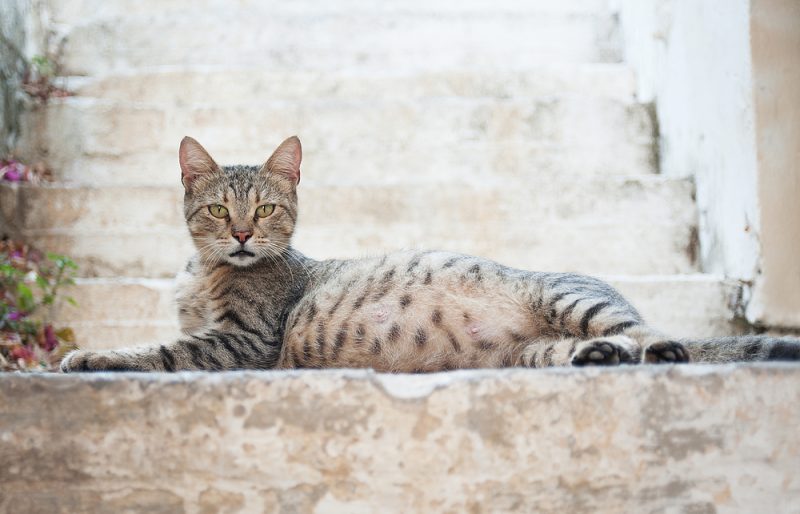In this article
If you know anything about cats, you know how athletic and graceful they can be. Their muscles help them with agility and give them extraordinary flexibility. So, you might wonder how many muscles a cat has to aid in their stretching and leaping abilities. It turns out that those lithe cats actually have 517 muscles!
Here, we closely examine a cat’s muscles and how they work, along with a few other interesting facts.

A Bit About a Cat’s Skeletal System
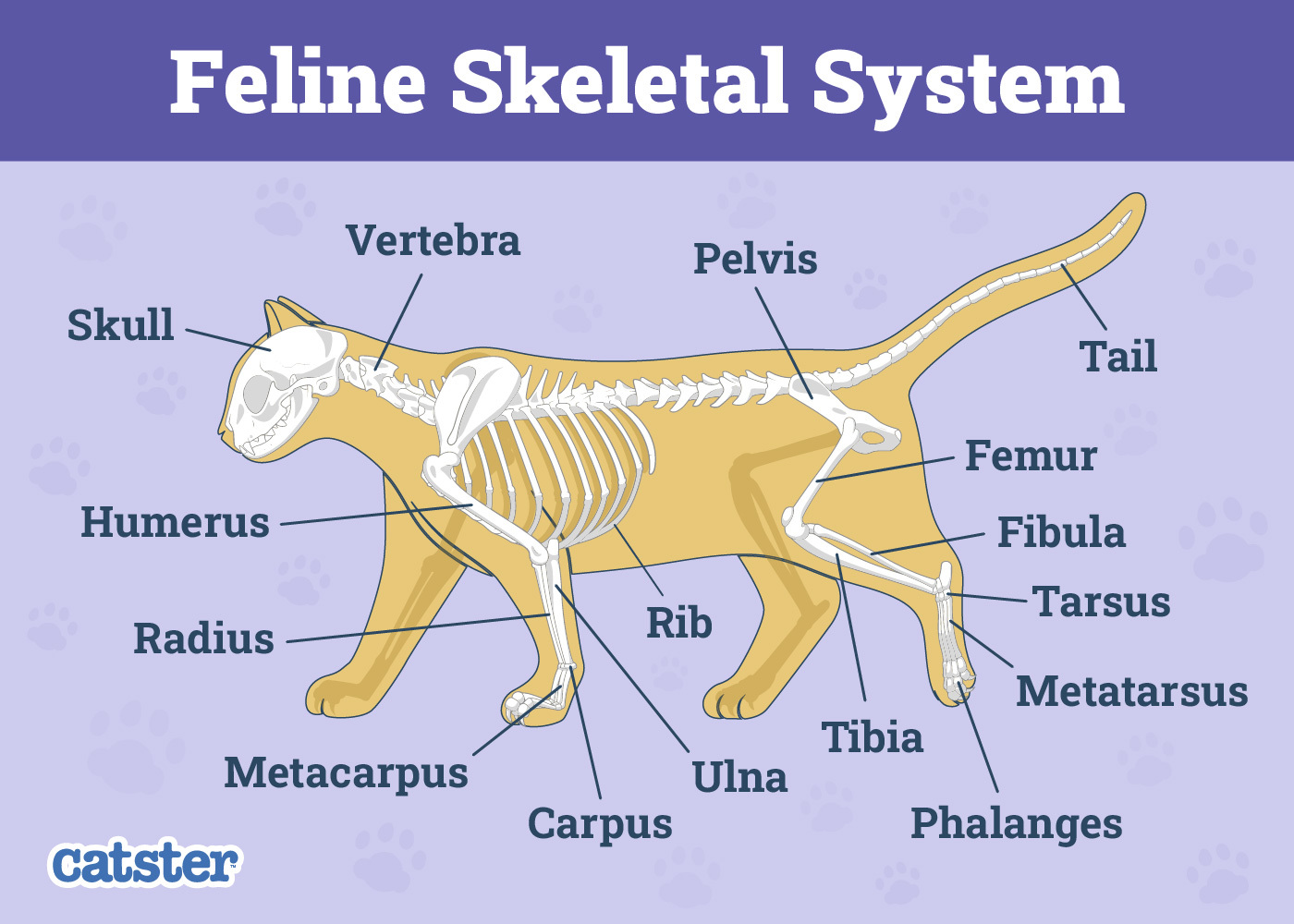
A cat’s skeletal system is integral to their muscular system because they work together. In fact, a cat’s musculoskeletal system is quite unique and explains why cats are so bendy.
A cat’s skeleton is similar to a human’s, except cats have between 230 and 250 bones, which is at least 24 more bones than us. Their collar bones are quite small and are not attached to other bones, and their shoulder blades are attached to their body with only muscles. These unique features are why cats can squeeze into narrow, tight spaces.
The cat’s spine has 30 vertebrae, but if you include the tail, they have about 48 to 53 vertebrae, depending on the breed. This is part of what gives cats such incredible flexibility and speed when running (at about 30 miles an hour).
They can rotate their spines more than most other animals, which is also why they are able to land on their feet after falling.
On to the Muscular System
Cats have 517 muscles altogether1, whereas humans have over 600. There are three different kinds of muscles in a cat’s body.

The 3 Kinds of Muscles in a Cat’s Body
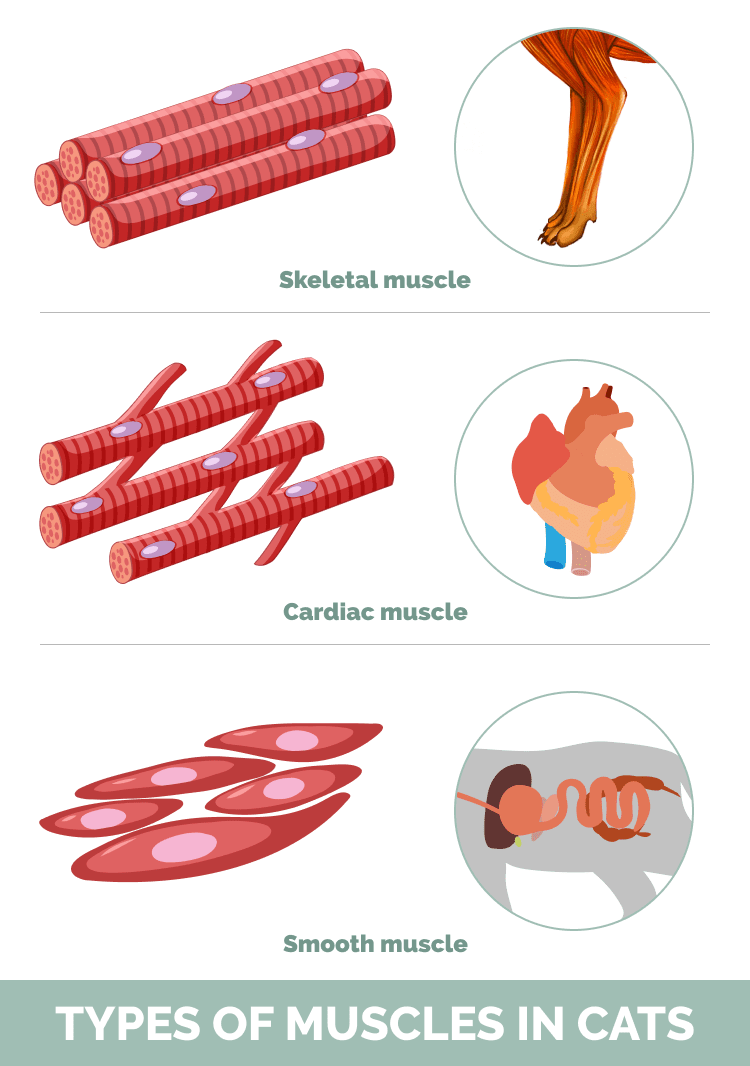
1. Striated or Skeletal Muscles
Striated muscles are the largest group of muscles that are a part of voluntary movement. They are typically attached to the bones and help cats breathe, move their heads, walk, and run. They are found in the chest, head, legs, and back.
The muscles are held to each other and to bones with connective tissues and tendons. So, when muscles move and contract, they pull the tendons, which pull on the bones, helping the limbs to move.
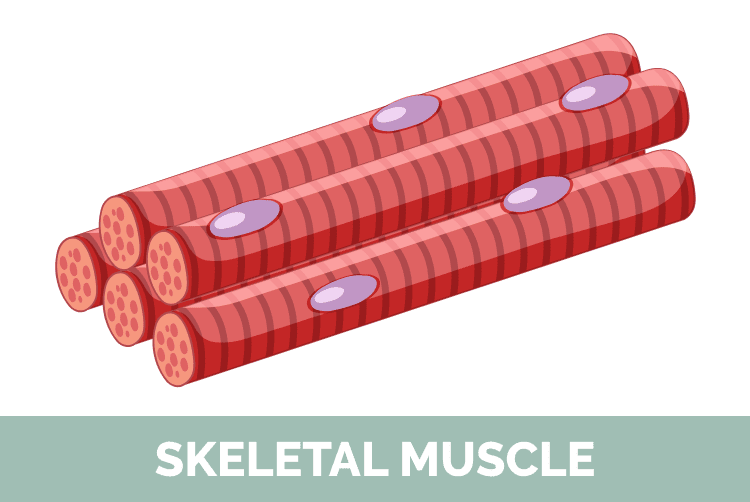
2. Cardiac Muscles
Technically, this muscle is also striated (which means it has stripes or striations), but it is not a voluntary muscle. It’s found in the heart (cardiac) and contracts automatically.
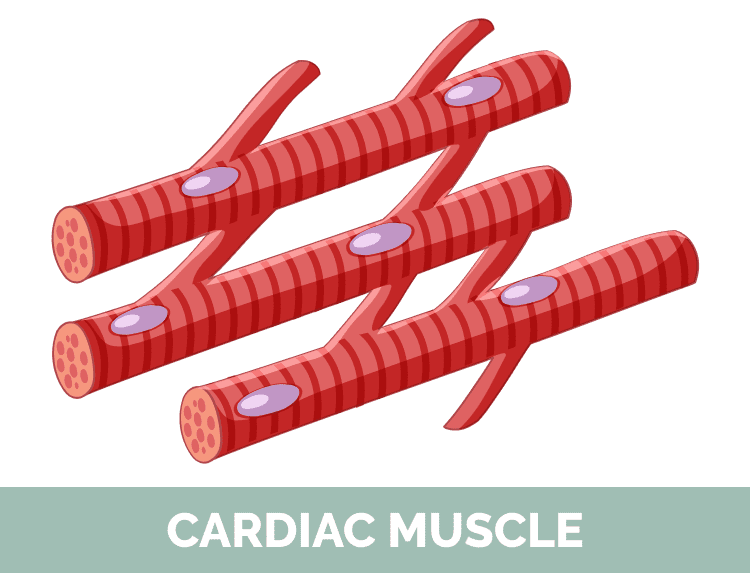
3. Smooth Muscles
These muscles are called “smooth” because they don’t have striations. They are found around the organs, and they are not voluntary. They are responsible for the digestive tract moving food from the stomach to the intestines. They are also found in the walls of the reproductive and urinary tracts, as well as the arteries, bronchioles, and eyes.
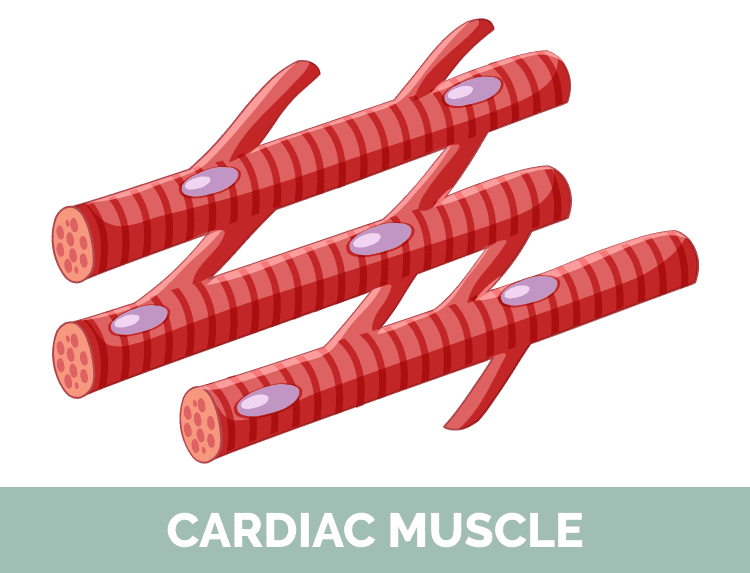

The Things That Cats Can Do
A cat’s muscles help them be the fantastic predator that they are. They can jump about six times their height from a sitting position, and they can squeeze into spaces that make them almost appear like liquid.
The cat’s spine is so flexible, they can rotate their bodies to the left or the right up to 180 degrees. We can only rotate our upper bodies up to 90 degrees in comparison. What this means is that when a cat is falling, even if they’re upside down, they can rotate 180 degrees to land on their feet.
A cat’s amazing ability to balance also comes from their inner ears. While a cat is falling, they use their vestibular system to orient themselves, which enables them to rotate in midair, determining up from down.
Cats can rotate and move their ears separately and swivel them 180 degrees. Their ears help them pinpoint their prey and warn them of approaching predators.
Cats can run up to 30 miles per hour (compared to the average dog speed of 15–20 miles per hour, though Greyhounds can run up to 45 miles per hour). A cat’s muscles and spine help them lengthen their stride to its maximum length. So, each stride propels the cat at least three times the length of their body.

Feeding Those Muscles
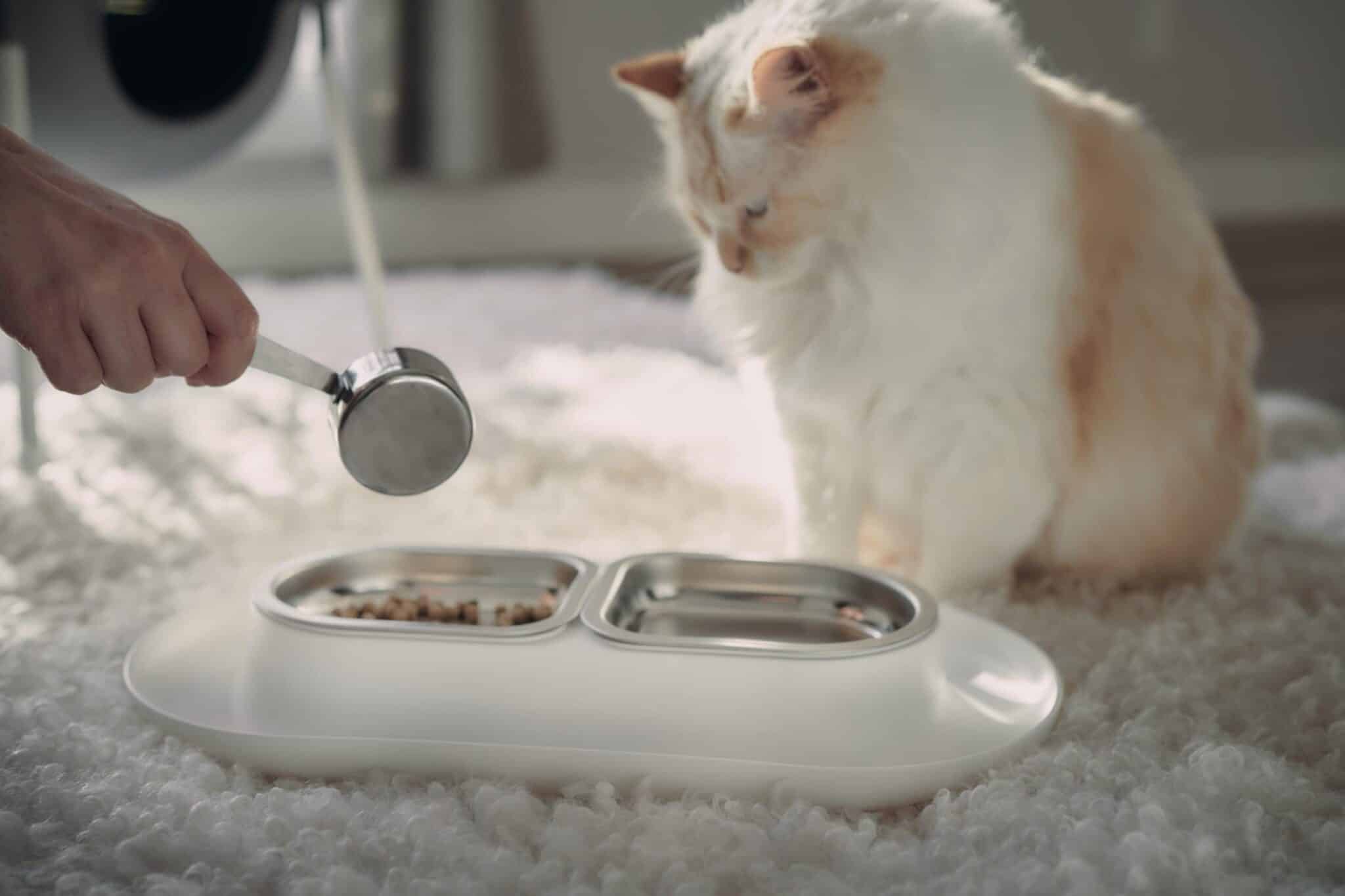
To keep your cat in tip-top shape, you need to ensure that you’re giving them a proper diet. Cats are obligate carnivores, so their diet should be mainly comprised of meat, as it’s necessary for their survival. Cats don’t need vegetables or plant matter for their nutritional needs and might even have trouble digesting such things.
Providing your cat with a protein-rich diet is critical. Cats specifically need formed vitamin A, and prey liver is a source. Felines should consume complete and balanced cat food because it’s been manufactured to provide cats with all the required nutrients.
Equally important is to provide your cat with clean and fresh water at all times. Since cats are susceptible to kidney disease as they age, proper hydration while they’re younger might help prevent it.
Cat water fountains are one way to encourage your cat to drink more water because cats prefer cool, running water over standing or stagnant water. You should also give moisture-rich fresh or wet food to your cat because it is about 80% water, so your cat can enjoy tasty food and stay hydrated at the same time.
If you give your cat plenty of water and a species-appropriate, complete, balanced diet, this will fill their belly and sustain their muscles.

Conclusion
A cat’s muscles certainly serve them well for all their hunting, jumping, running, and playing needs. To support all 517 muscles, be sure to give your cat a diet that is rich in animal protein, along with plenty of clean water. Taking excellent care of your cat will lead to a beautiful friendship of watching your cat stretch all those remarkable muscles!
Featured Image Credit: SciePro, Shutterstock
